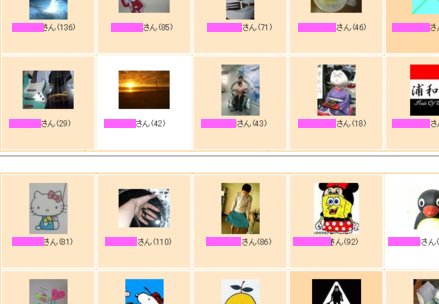UX Blog
The Mitsue-Links UX Blog shares some of our insights and opinions about UX in Japan, experience design and cultural differences between user research in Japan and the world.
If you want to find out more about us, please contact us at uxa-japan@mitsue.co.jp
March 28, 2014
Don't look at me! Privacy, video calling and SNS in Japan.
A topic which is always interesting and surprising for non-Japanese clients is the rate of use regarding video calls (or rather, the lack of video calling in Japan). We are often asked why this may be, since communication apps are so varied and popular in the Japanese market.
Simply, it boils down to Japanese culture and views on privacy.
Nowadays, there are a whole range of free communication apps to choose from. Popular examples in Japan include Line, Kakao Talk, WhatsApp etc. All these tools allow a variation of free messaging, free voice calls or even video calls. So, out of all these ways to communicate, why is video calling, e.g. Skype or Facetime rarely used in Japan?
One of the reasons is because Japanese people don't really want, or are not used to easily sharing their feelings. Japanese users prefer to express their emotions with stamps, icons and cute images; rather than direct voice conversation or video calls. It's considered much easier to send a sticker or stamp showing how you feel, rather than type out feelings in text.
As mentioned earlier, Japanese people are generally quite private too. Regarding not using video calls, Japanese people might worry about things Western users may not think of. Such as, "my room is messy" or "I don't want people to see me without my make-up on"; this applies even to family and close friends. Therefore, not wanting to be seen on video and already being able to send stickers and short messages on other apps is the reason why video calling apps such as Skype or Facetime are not as commonly used in Japan.
So leading on from the above, let's take a further look at privacy in Japan.
In our research experience at Mitsue-Links, most participants say they are against, and would be reluctant to show their real face on social networking sites. That's a completely different attitude to what we might expect in the West, where users actively want people to see their face and know who they are.

Take the above image for example. It's from a Japanese SNS called Mixi. As can be seen, nearly all profile pictures are avatars, random photos or very ambiguous pictures of users. There are no direct pictures of users' faces. Also, unlike Facebook, Mixi allows users to use an alias if they want. As there is no need for real names, most usernames on Mixi are pseudonyms too.
Overall, there is nothing right or wrong regarding using or not using video calling or real images for avatars. It's just a Japanese cultural difference. However, when it does come to creating websites and apps; regarding UX and the mobile experience, this point about privacy, fake names and not wanting to share real information can have a real world business impact on creating or localizing websites for the Japanese market.
